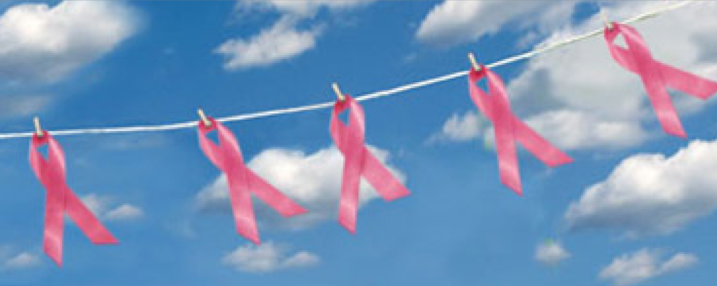At DrSafeHands, we are spreading awareness about various issues which are intimate and people are not always comfortable discussing these in public. Today we are going to talk about Breast Cancer.
It is important to create awareness about such topics so our readers and their loved ones are aware of the causes and symptoms and we can help those in need.
Question-1. What is Breast Cancer?
Answer: Breast Cancer is an uncontrolled growth developing from the inner lining of breast. It occurs most commonly in females. If treated early, can be prevented from spreading to other body parts.
Question-2 What are the symptoms?
Answer: There can be:
- Lump/Swelling in breast
- Change in skin colour
- Skin dimpling
- Change in size or shape
- Fluid discharge from nipples
- Nipples become inverted
- Constant pain in breast or armpit
Question-3 How is Breast Cancer diagnosed?
Answer: Diagnosis can be made by an experienced healthcare provider through
- Physical Examination – Doctor examines your breast for any lump, swelling, change in size/shape of both breast & nipples
- Biopsy – Done of affected area
- FNAC – Fluid in the lump is taken for microscopic evaluation
- Mammographic Screening – X-ray examination of breast is performed. Women with higher risk are advised screening & genetic testing
- MRI – Done to diagnose cancer and identify its stage
- PET Scan – Done to identify the stage of cancer
Question 4. Who are at risk?
Answer: While Breast Cancer can happen to any women, risk is more in women who are:
- Old (after menopause)
- Carrying BRCA, BRCAZ genes
- Having lifestyle habits like Alcoholism, smoking, tobacco
- Obese
- Having HRT (Hormonal Replacement Therapy)
- Having dense breast tissue
- Pervious history of Breast Cancer
- Having Stress/Anxiety
- Diabetic

You should go for breast screening every year after 30 years of age. But, self-examination for Breast Cancer at regular intervals is very important
Question 5. What are the treatments available for Breast Cancer?
Answer:
1) Surgery – Breast that contains cancer is removed. Removal of breast depends upon the size & location of tumor and other factors. It can be partial/segmental or complete
2) Chemotherapy – Drugs that kill cancer are injected into vein, in cycles, for several months. It can be done after or before surgery, depending upon the extent of cancer cells
3) Radiotherapy – High energy rays are penetrated inside skin that destroy cancer cells. It is given, if cancer is more than 5cm and has involved lymph nodes. It can be given externally (External Beam Radiation) or internally (Brachytherapy)
4) Hormone Therapy – Form of systemic therapy which reduces level of estrogen or stops estrogen from effecting cancerous cells. It also helps in reducing the risk of re-occurrence of cancer. But the treatment is effective only for hormone receptor positive breast cancer.
5) Targeted Therapy – Advanced technique that specifically kills the target cells and has less side effects
Question 6. What are the side effects of Chemotherapy?
Answer:
- Nausea
- Vomiting
- Hair loss
- Loss of smell/taste
- Mouth ulcers
- Anemia
- Infection
- Irritated bladder
- Numbness/aching of joints, hands & feet
Question 7. Does wearing Bra all the time causes cancer?
Answer: No, wearing Bra all the time doesn’t cause cancer. But you should wear a well-supported & comfortable Bra
Question 8. How often should I go for Breast screening?
Answer: You should go for breast screening every year after 30 years of age. But, self-examination at regular intervals is very important
Question 9. How can I do self-examination?
Answer: Once the breast have developed, you should check them regularly throughout life. To self-examine:
- Stand in front of mirror, raise both your hands up in the air and look for any changes in shape/size of breast or nipples, or any changes in skin color
- Feel your breast while lying down, use finger pads of your hand to feel for any lump/swelling/pain in breast
Question 10. What are the chances of survival after Breast Cancer?
Answer: Chances of survival are good
- But you should go for regular checkups, tests, mammography to ensure there is no newer development post treatment
- Checkup should be done in every 6 months, for 5 years and annually, after 5 years of survival
For more details or any questions, you could visit our Female Clinic.
Credit: DrSafeHands Editorial Team
Get in touch with experts at DrSafeHands.com


Leave a Reply